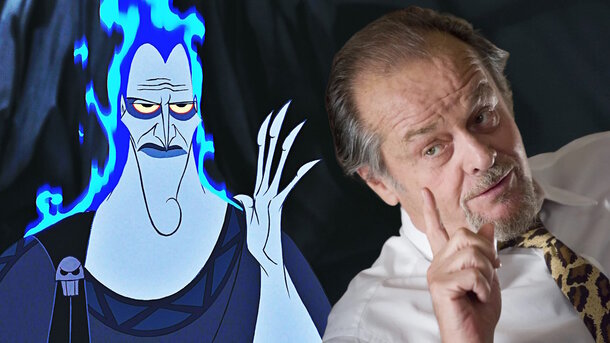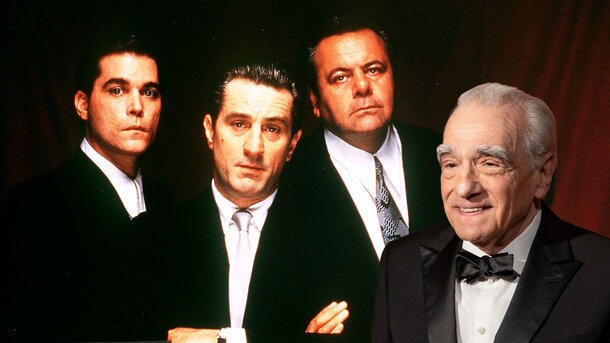Squid Game became one of the most popular series of recent times, filled with Easter eggs and intriguing details. The premise is well-known: characters, driven to desperation by debt, participate in twisted children’s games, where the stakes are 45.6 billion won (almost $32 million) and their very lives.
You’re also likely familiar with the dalgona cookie featured in one of the challenges, which is made from just two ingredients — sugar and baking soda. Technically, it’s not really a cookie, but a candy.
But today, we’ll dive into how this sweet treat made its way into the show and why they didn’t just buy it but decided to make it on set instead.

Why the Cookie Was More Important Than the Action
It might seem like a simple scene, with the contestants sitting on the floor — no ropes, no glass floors. But the tension was palpable, and it turns out that this game is rooted in the director Hwang Dong-hyuk’s own childhood.
Growing up in Seoul in the 1970s, when South Korea was far from being a technological powerhouse, money and sweets were scarce. However, simple joys like sugar cookies were always there. These cookies were sold near schools, often accompanied by a game: if a child carefully cut out a shape with a needle without breaking it, they’d get a second cookie for free.
For young Hwang, this was a game of skill and patience, not life and death. He even came up with tricks, like licking the edges to soften the sugar or heating the needle with a lighter — much like the characters in the show.

This personal experience became a cinematic symbol: a game where agility, cunning, and luck matter. The stakes, however, have been raised. In childhood, the prize was another piece of candy; in the series, it’s life itself.
Why Dalgona Was Made on Set
You might think it would have been easy to just buy a few boxes of dalgona cookies from a street vendor for the Squid Game shoot. However, it turned out to be much more complicated.
Dalgona is a very delicate treat, especially when it comes to storage conditions. During the rainy season — which happened to coincide with the filming period in Korea — the cookies would soften in just a few hours due to humidity.

So, the production team enlisted the help of experts from Seoul: Im Chang-joo and Jeong Jeong-sun, a married couple who run a dalgona stall in the Jongno-gu district. For three days, they cooked sugar, added baking soda, poured the mixture onto flat surfaces, and stamped out shapes.
Around 400 pieces were made in just three days. Interestingly, after working on the project, the couple’s stall became quite popular. You can buy the treat for about two dollars, and the shapes include not only umbrellas and triangles but also the Netflix logo.
What’s Behind the Word "Dalgona"
Lastly, a little linguistics. The word "dalgona" translates to "it’s sweet" in Korean. The name was also used for a 2020 drink — dalgona coffee — because of the similar taste and thick texture of the foam, although the drink itself doesn’t include the cookie.

So, even a simple childhood treat like dalgona can tell the story of a whole generation, while also becoming a star in one of the most successful projects in recent memory.










